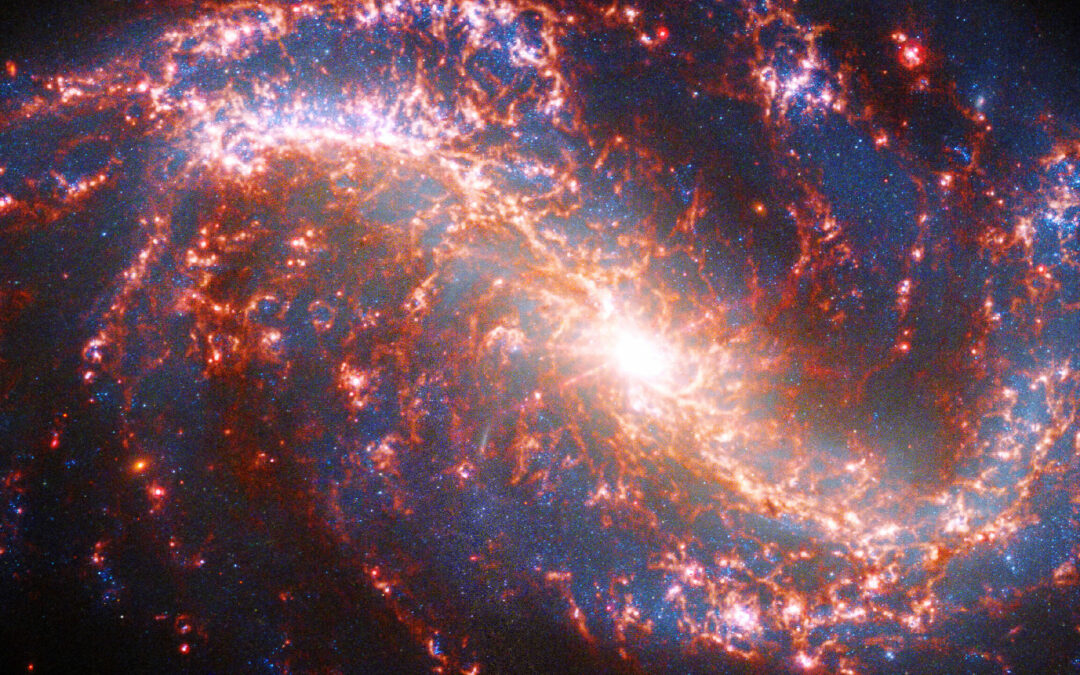NASA’s powerful James Webb Telescope has captured a brand-new image of a supernova star that provides researchers with previously unseen information, the space agency announced on Friday.
The comprehensive image offers more information on the Cassiopeia. The youngest known remnant from a supernova explosion in our Milky Way Galaxy is a supernova that occurred 340 years ago, according to a statement from NASA.
The telescope’s mid-infrared instrument, which offers more resolution than earlier infrared imaging, is where the image itself was captured. Following that, the image is converted into visible light wavelengths.
On Christmas Day 2021, the $10 billion telescope was put into operation. Since then, it has been sending back pictures, providing astronomers with “unprecedented views” of our galaxy and other galaxies.
The information released on Friday allows scientists to take a closer look at an archetypal supernova remnant following an explosion. Numerous ground- and space-based observatories, such as NASA’s Chandra X-ray observatory, which was sent into orbit in 1999, have already studied Cassiopeia A in great detail.
According to Danny Milisavljevic, principal investigator of the Webb program that made the observations, “Cas A represents our best opportunity to look at the debris field of an exploded star and perform a sort of stellar autopsy to understand what type of star was there before and how that star exploded.”

Tea Temim, a physicist at Princeton University and a co-investigator, said, “We see incredible detail that we haven’t been able to access before compared to previous infrared images.”
Download The Radiant App To Start Watching!
Web: Watch Now
LGTV™: Download
ROKU™: Download
XBox™: Download
Samsung TV™: Download
Amazon Fire TV™: Download
Android TV™: Download


